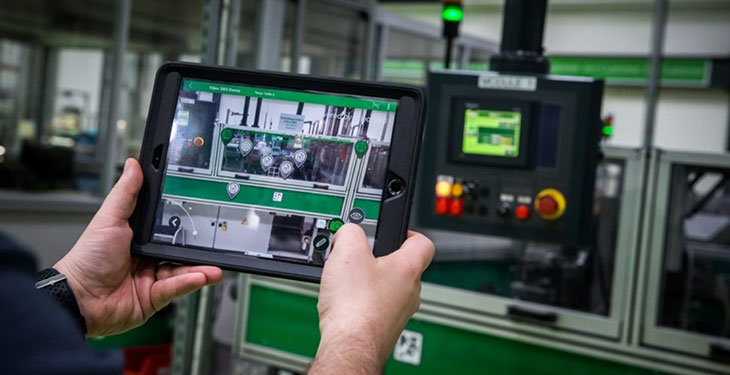Modernizing buildings using a digital-first approach is the best route to decarbonisation, according to new research from Schneider Electric.
Buildings account for around 37% of global carbon emissions and, as around half of today’s buildings are likely to still be in use in 2050, the sector urgently needs to reduce operational carbon emissions by making buildings more energy efficient.
Research results show that implementing digital building and energy management solutions developed by Schneider Electric in existing office buildings could reduce their operational carbon emissions by up to 42%, with a payback period of less than for three years. If fossil fuel heating technologies are replaced with electric alternatives and a local renewable energy microgrid is installed, all-electric, all-digital buildings will see an additional 28% reduction in operational carbon emissions, resulting in a total reduction of up to 70%.
The research, carried out in conjunction with global design firm WSP, is based on modeling the energy performance and carbon emissions of large office buildings built in the early 2000s in different US climate zones. This digital approach to building renovations is, however, applicable to all building types and climates, and is therefore the most effective strategy to decarbonize buildings, delivering rapid results with a lower “initial carbon”.
Refurbishment by implementing digital technologies is not only less disruptive to day-to-day operations, but also more efficient from a life-cycle perspective. Delays in decarbonising buildings could also lead to stranded assets that lose value and are unattractive to both investors and tenants.
Furthermore, recent research from the Boston University Institute for Global Sustainability and the Schneider Electric Sustainability Research Institute estimates that there is considerable potential to create new jobs through the transition to low-carbon buildings.
